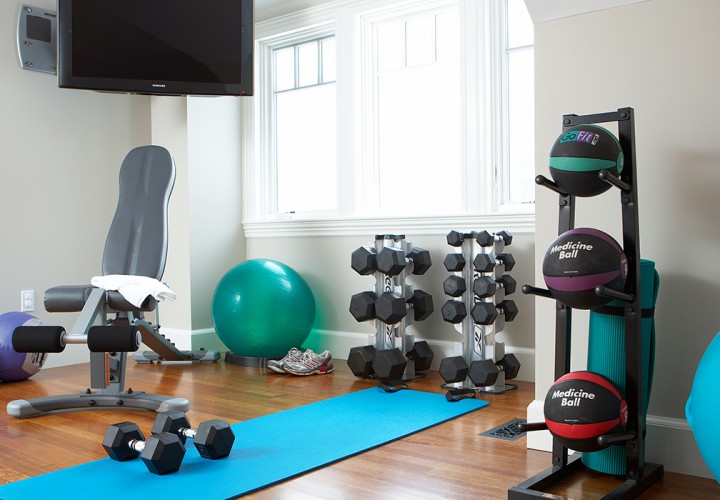If physical therapists could change one misconception many people have about exercise, it would be that resistance training is just for body builders. Strength training 2-3 times per week can reduce risk of injury throughout most joints of the body. It also helps decrease fall risk in the elderly, improve metabolism in those attempting to improve body composition, improve bone density and joint health, and improve performance in our other activities whether work or play!
A Closer Look
So what kind of resistance training is best? Machines? Free weights? Bodyweight? Bands? The answer thankfully seems to be that there is not a huge difference so long as you are using a resistance level that challenges you where you are at in the moment! While certain athletes and jobs may benefit from a program designed to mimic their daily movements, for the majority of us a total body program with any of these options can be equally beneficial!
getting started
So how do we know if the challenge level is enough? There are a couple of ways to find out! Athletic trainers, physical therapists, personal trainers, and conditioning coaches may utilize a single repetition maximum test or a 10 repetition maximum test (the absolute most weight we can lift in 1 or 10 repetitions of a body part) to adjust percentages. But these tests should always be monitored and spotted to ensure safety.
self designed programs
If you are designing your own program, you can also use something called “volitional fatigue.” This is the point where you feel as if 2-5 more repetitions at the weight you are at would cause you to use momentum, use compensation in your body to help, or just be unable to complete a repetition. Volitional fatigue is a great guide, because it can help us self progress within our body’s capabilities! For example, someone training for improved endurance in their muscles (they feel strong, but want to be able to perform tasks longer without break) should be lifting between 15 to 25 repetitions. So, if you are doing a lift and feel like you could have done 30 fairly well, you’re probably ready to go up a weight. If you cannot complete the 15 without fatigue, the new weight might be too heavy!
These ranges can also be helpful in just learning your base strength range. Most people working on strength target between 8-12 repetitions. They start with the same idea of volitional fatigue guiding their progress. In both strength and endurance, 2 to 4 sets per muscle group seems to be great. You can often mix both endurance and strength sets into the same session. This helps with good gains in both areas over time according to some recent studies!
The takeaway here; stay active, stay healthy, and importantly stay strong!


